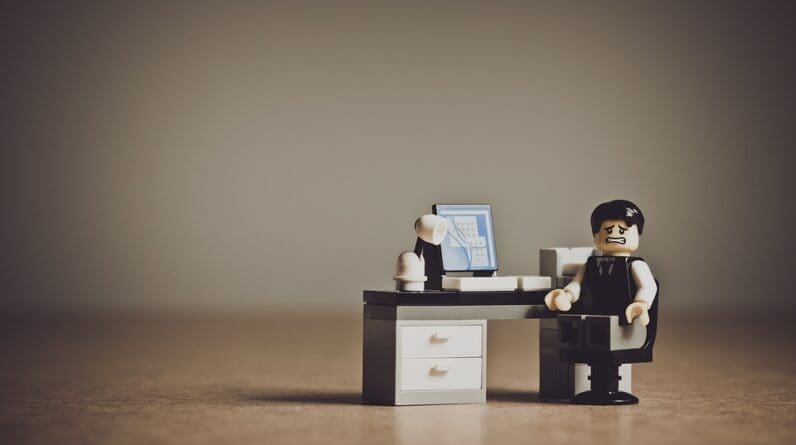
The concept of working from home has evolved significantly in recent years, and with it, the home office has also undergone major changes. With advancements in technology and the rise of remote work, the home office has become an essential space for many professionals. Designing a workspace for success has become more important than ever, as it can have a significant impact on productivity and overall job satisfaction.
The evolution of the home office can be traced back to the late 20th century when technological advancements allowed for greater flexibility in the workplace. As more people started working from home, the need for a dedicated workspace became apparent. Initially, home offices were often makeshift spaces, tucked away in a corner of a room or a spare bedroom. They were functional, but often lacked the elements of a traditional office environment.
However, as the concept of remote work became more mainstream, the design of home offices shifted towards creating a more professional and efficient workspace. This evolution was driven by the recognition that a well-designed home office can have a positive impact on productivity, creativity, and overall well-being.
Today, the home office has become a focal point for many individuals, and as a result, there has been a growing emphasis on creating a space that is not only functional but also aesthetically pleasing. Designing a home office for success involves careful consideration of several key factors, including ergonomics, layout, lighting, and organization.
One of the most important aspects of a successful home office is ergonomics. As more people spend long hours working from home, it is essential to have a workspace that is comfortable and supports good posture. This includes investing in a quality desk and chair that are adjustable and provide proper support. Additionally, the placement of computer screens and keyboards should be carefully considered to minimize strain on the body.
The layout of the home office is also crucial to its success. A well-designed layout can promote focus and productivity. This may involve creating designated zones for different tasks, such as a separate area for meetings or a quiet space for concentrated work. Additionally, having ample storage and organization solutions can help keep the workspace tidy and efficient.
Lighting is another key factor in designing a successful home office. Natural light can have a significant impact on mood and productivity, so it is important to position the workspace near a window if possible. Additionally, incorporating task lighting, such as desk lamps, can help reduce eye strain and improve visibility.
In addition to these practical considerations, the aesthetics of the home office should not be overlooked. A well-designed and visually appealing workspace can have a positive impact on mental well-being and motivation. This may involve incorporating personal touches and decor that reflect the individual’s personality and style.
As the trend towards remote work continues to grow, the home office has become an integral part of many people’s work lives. Designing a workspace for success involves careful consideration of ergonomic, layout, lighting, and aesthetic factors. By creating a home office that is designed to support productivity and well-being, individuals can set themselves up for success in their remote work endeavors.







